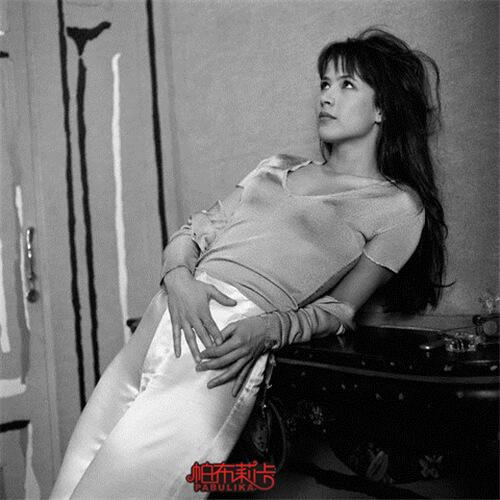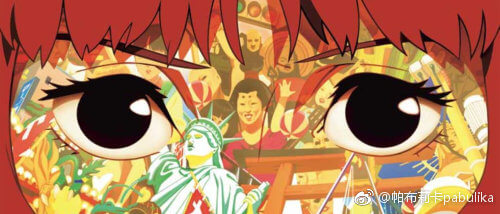
再说包装(节录)
◎ 吴冠中
包装的本质是伪装[1]。
为了美观,略施装饰,无可厚非[2],斥之伪,有点刻薄。商品离不开包装,离谱的包装[3],岂止伪,存心欺蒙顾客。日本人很讲究包装,一个漂亮的大匣里面藏着精致的小匣,小匣里还有更小的匣,一层层的包装待你剥到底,最后裸露的往往只是一块小小的糖果。
我们进入了包装的时代,这恰好提醒我们进入了伪劣假冒的时代[4]。“豪华精美”包装的礼品满天飞,送这种豪华礼品的人与被送者之间绝无真诚的友情,聪明的包装者[5]是明悟这一实际的,所以工夫用在礼品之外,包装之上。外国也包装,也走人情,也行贿,但以包装作欺蒙则我们传统中早有提示:金玉其外,败絮其中[6]。
包装歌星、包装书画家、包装著作……包装早已是堂而皇之[7]的事业,不怕社会讥讽了。书籍装帧应让人一目了然著作的内涵与品位,是极深奥的艺术创作工作,但今日书店书摊上琳琅满目,一片花里胡哨[8],连书名都认不出来。印一张白底黑字的封面吧。
伪装是个人的野心,也适应社会的需求。官吏的乌纱、皇帝的蟒袍用以吓唬老百姓,他们退堂退朝后便恢复本来面目,毋须衣冠沐猴[9]了。西装、革履、领带,这种包装在西方已定型几百年[10],并早已成为全世界公认的正式服饰,而且居然在不断更新的时装流变中岿然不动。但休闲服的兴起,不知是否会冲垮这端着架子的西装传统,因人们最终要追求自在与舒适,一切架子与伪装都将被抛弃。
吴冠中的《再论包装》写于2003年,似为季羡林(1911—2009)1997年写的《论包装》的后续,两者异曲同工,相映生辉,对社会时弊作了不约而同的鞭挞讽刺。
[1]“包装的本质是伪装”译为Basically, packaging means false embellishment,其中basically意同fundamentally和essentially,都可用来表达“本质上”,但basically较简短通俗,故选用之。
[2]“略施装饰,无可厚非”本可译为a little embellishment …is beyond reproach等,但is beyond reproach的语气嫌重,与“无可厚非”略有出入,故改译is not altogether(或completely)inadvisable。
[3]“离谱的包装”意即“过分的包装”,故译going too far with it,或overdoing it,too much of it等。
[4]“我们进入了包装的时代,这恰好提醒我们进入了伪劣假冒的时代”可按“我们进入了包装的时代,不如说进入了伪劣假冒的时代”译为We have entered the age of packaging, or rather the age of counterfeit and shoddy merchandise。
[5]“聪明的包装者”可按“精明的商人”译为shrewd businessmen。
[6]“以包装作欺蒙则我们传统中早有提示:金玉其外,败絮其中”可按“以包装欺骗,我们很早就有这传统,以‘金玉其外,败絮其中’一语为证”译之:we have a longer tradition of hoodwinking customers by means of packaging, as witness the ancient Chinese saying,“Gold and jade without, rubbish within”。
[7]“堂而皇之”意即“公开”,故译overtly或openly。
[8]“但今日书店书摊上琳琅满目,一片花里胡哨”译为But, today, bookstores and bookstalls are a riot of loud glaring color,其中riot作“极度丰富”或“一片”解,loud glaring color作“艳丽夺目的色彩”解。
[9]“衣冠沐猴”意即“人装打扮的猴子”,按字面应译monkeys in human attire,现按“乔装打扮”译为dress up as such。
[10]“西装、革履、领带,这种包装在西方已定型几百年”译为The Western-style suit with leather shoes and necktie to go with it is a kind of packaging that has taken shape in the West ever since several hundred years ago,其中to go with it作“与……相配”解,也可改用to match it。
More on Packaging(Excerpt)
◎ Wu Guanzhong
Basically, packaging means false embellishment.
Nevertheless, a little embellishment for the sake of nice appearance is not altogether inadvisable, and it is a bit harsh to denounce it as falsehood. Merchandise can never do without packaging, but going too far with it means something worse than falsehood — it is deliberate cheating. Japanese are very particular about packaging. Hidden inside one beautiful big box will be a number of gradually smaller delicate ones placed one inside another. You have to tear them off one by one until you finally hit on nothing but a tiny piece of candy.
We have entered the age of packaging, or rather the age of counterfeit and shoddy merchandise. Attractively-packaged gifts can be found everywhere. Aware of the complete absence of real friendship between sender and receiver of a gift, shrewd businessmen have been racking their brains trying to beautify the packing design rather than improve the commodity itself. People in foreign countries are also particular about packaging, and also bribe with gifts, but we have a longer tradition of hoodwinking customers by means of packaging, as witness the ancient Chinese saying,“Gold and jade without, rubbish within.”
Star singers, painters and calligraphers, authors…all go in for self-packaging overtly in disregard of public ridicule. Binding and layout, which provide clear insights into the content and quality of a book, call for profound artistic work. But, today, bookstores and bookstalls are a riot of loud glaring color, so much so that the book titles are overshadowed and become hardly recognizable. Why not have book covers printed just in black and white instead?
Packaging serves to satisfy social needs as well as personal ambition. Imperial officials and emperors used to wear black gauze hats and boa-design robes respectively to frighten common people into submission. After a court session or imperial court session was adjourned, they would respectively cease to dress up as such and become their usual selves. The Western-style suit with leather shoes and necktie to go with it is a kind of packaging that has taken shape in the West ever since several hundred years ago. It has long become universally accepted formal wear and even survived the vicissitudes of garment style intact. Nevertheless, nobody can tell if the tradition of wearing the stiff and formal Western-style suit will end up being broken down by the upsurge of popular casual wear. In the final analysis, people prefer ease and comfort to any form of affectation and pretence.
未经允许不得转载:帕布莉卡 » 吴冠中《再说包装》 -经典散文英译-中英双语赏析
 帕布莉卡
帕布莉卡


 爱是一颗心遇到另一颗心(出处+配图)
爱是一颗心遇到另一颗心(出处+配图) 

